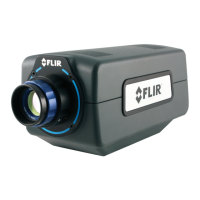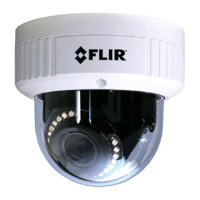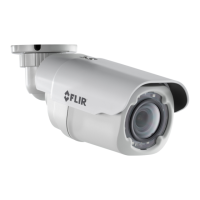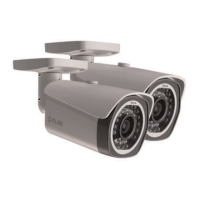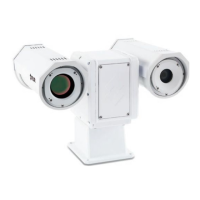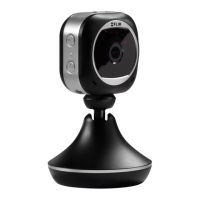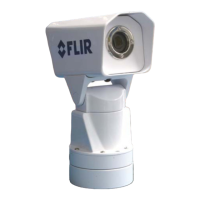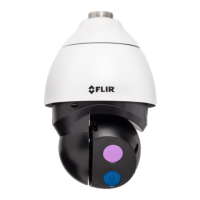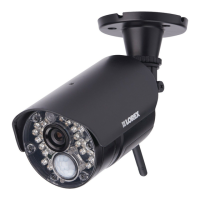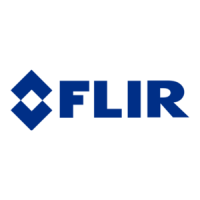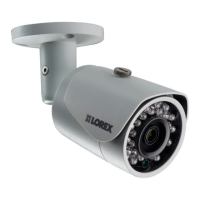9 – Infrared Primer
A6700sc/A6750sc User’s Manual
56
Assume that the received radiation power W from a blackbody source of temperature Tsource on short
distance generates a camera output signal U
source that is proportional to the power input (power linear
camera). We can then write (Equation 1):
Where C is a constant.
Should the source be a graybody with emittance ε, the received radiation would consequently be ε
W
source.
We are now ready to write the three collected radiation power terms:
1. Emission from the object = ετWobj, where ε is the emittance of the object and τ is the
transmittance of the atmosphere. The object temperature is Tobj.
2. Reflected emission from ambient sources = (1 – ε)τWrefl, where (1 – ε) is the reflectance of
the object. The ambient sources have the temperature Trefl.
It has here been assumed that the temperature T
refl is the same for all emitting surfaces within the
halfsphere seen from a point on the object surface. This is of course sometimes a simplification of the
true situation. It is, however, a necessary simplification in order to derive a workable formula, and T
refl
can – at least theoretically – be given a value that represents an efficient temperature of a complex
surrounding.
Note also that we have assumed that the emittance for the surroundings = 1. This is correct in
accordance with Kirchhoff’s law: All radiation impinging on the surrounding surfaces will eventually be
absorbed by the same surfaces. Thus the emittance = 1.
Note
Though that the latest discussion requires the complete sphere around theobject to be
considered.
3. Emission from the atmosphere = (1 – τ)τWatm, where (1 – τ) is the emittance of the
atmosphere. The temperature of the atmosphere is Tatm.
The total received radiation power can now be written (Equation 2):
We multiply each term by the constant C of Equation 1 and replace the CW products by the
corresponding U according to the same equation, and get (Equation 3):
Solve Equation 3 for U
obj (Equation 4):
